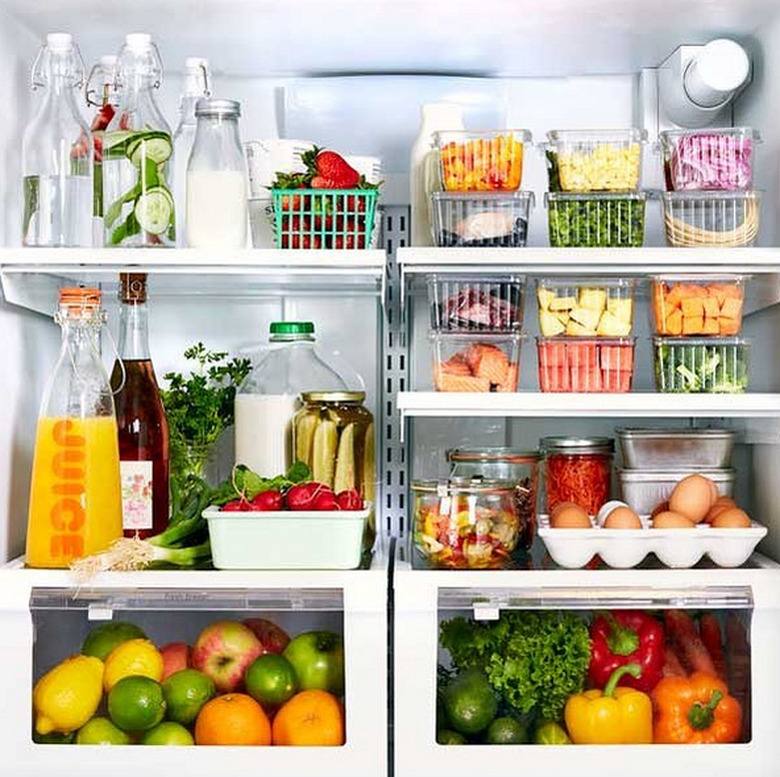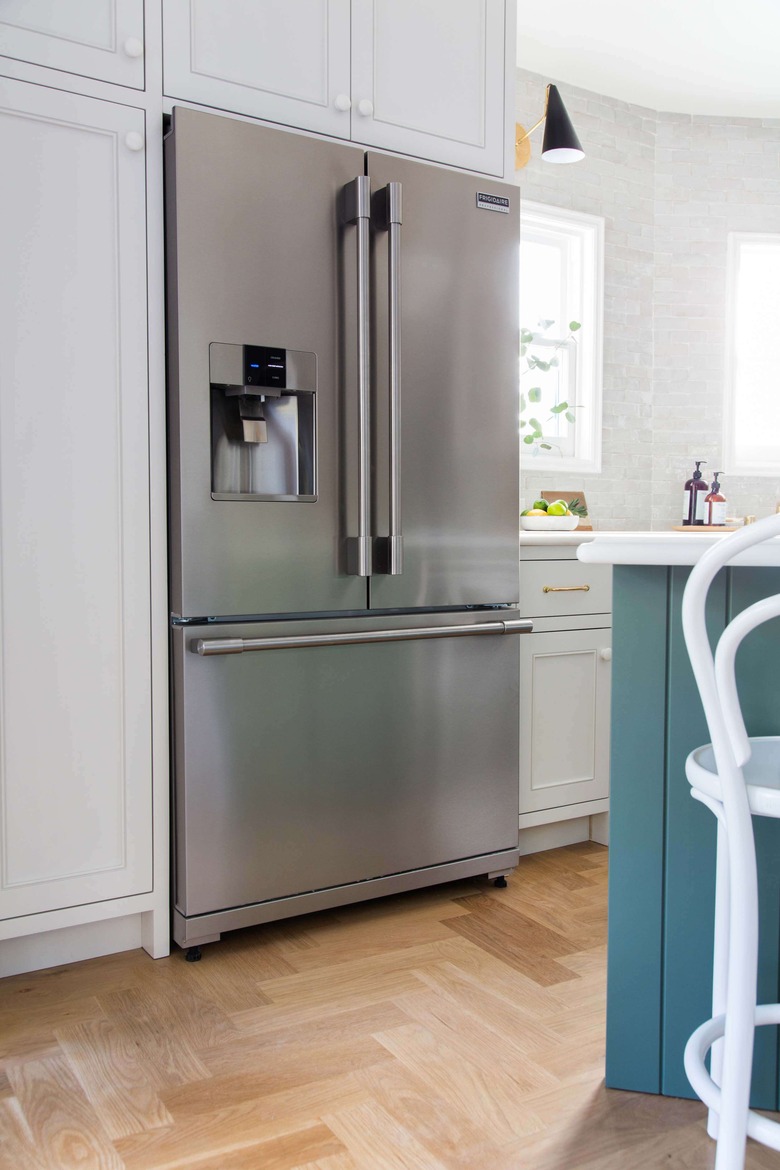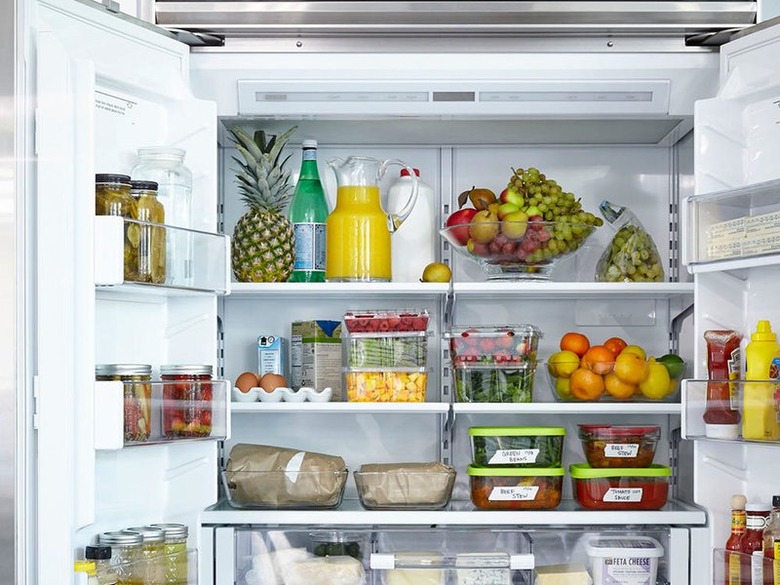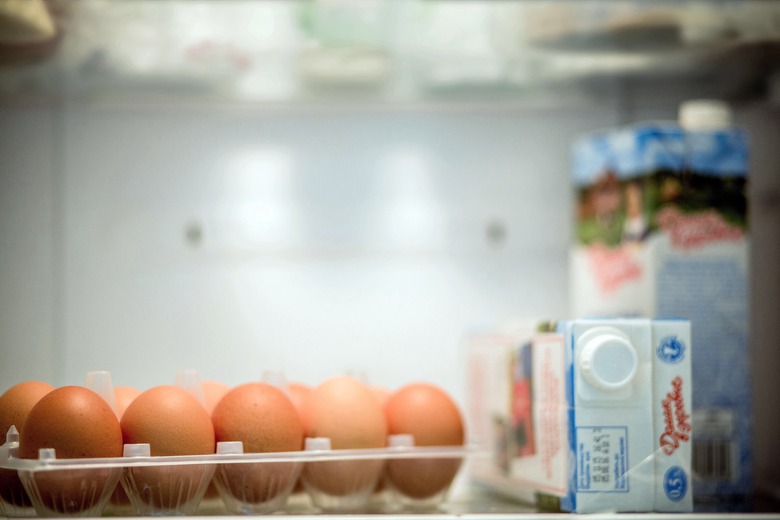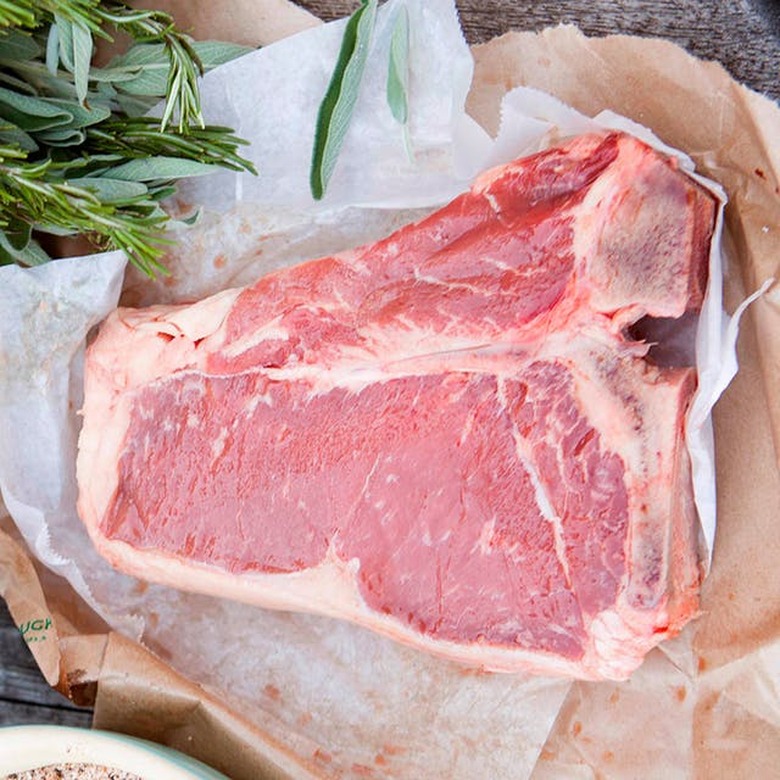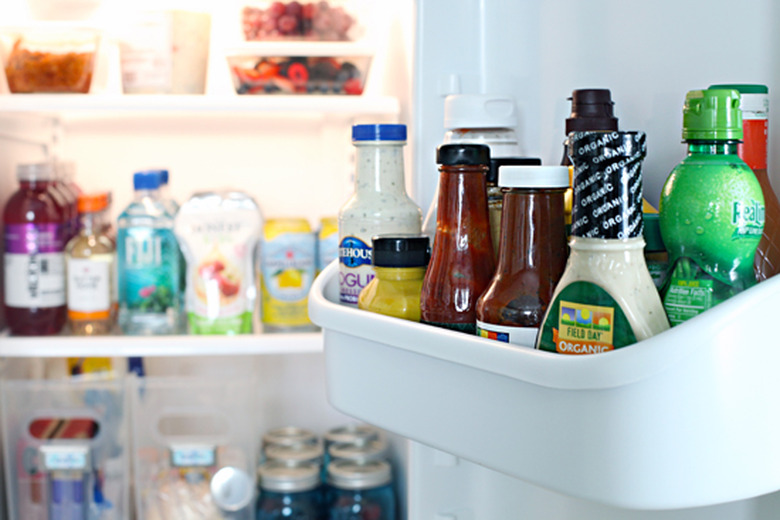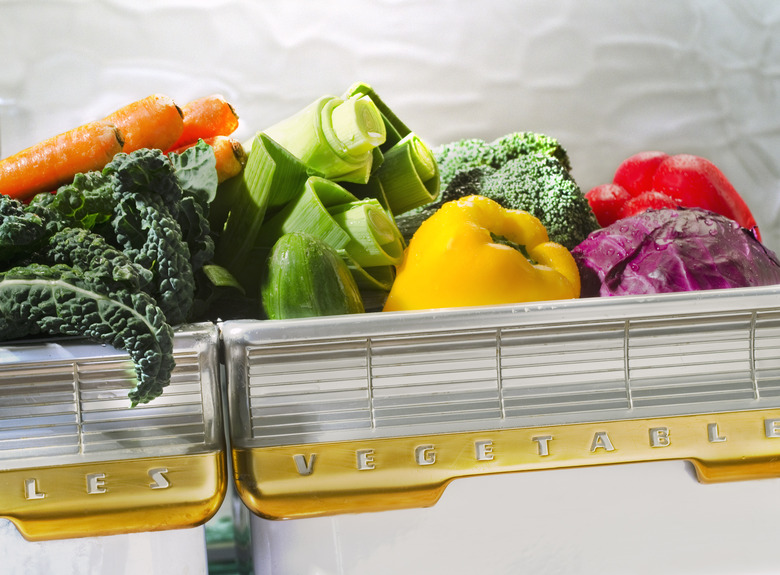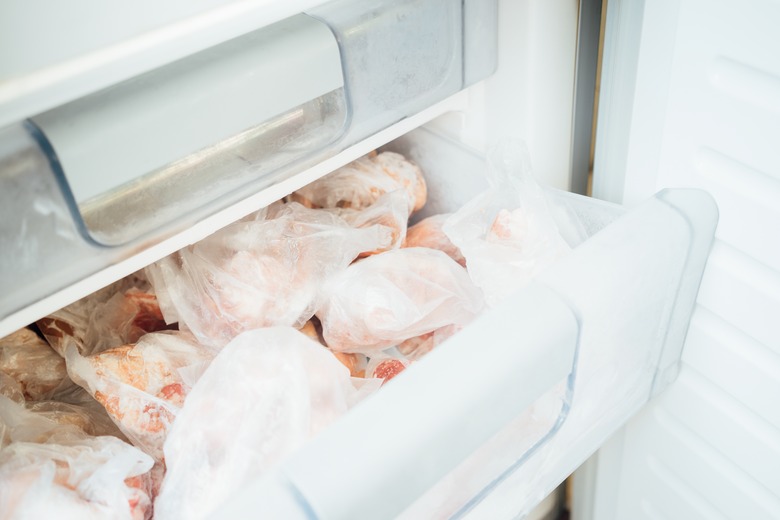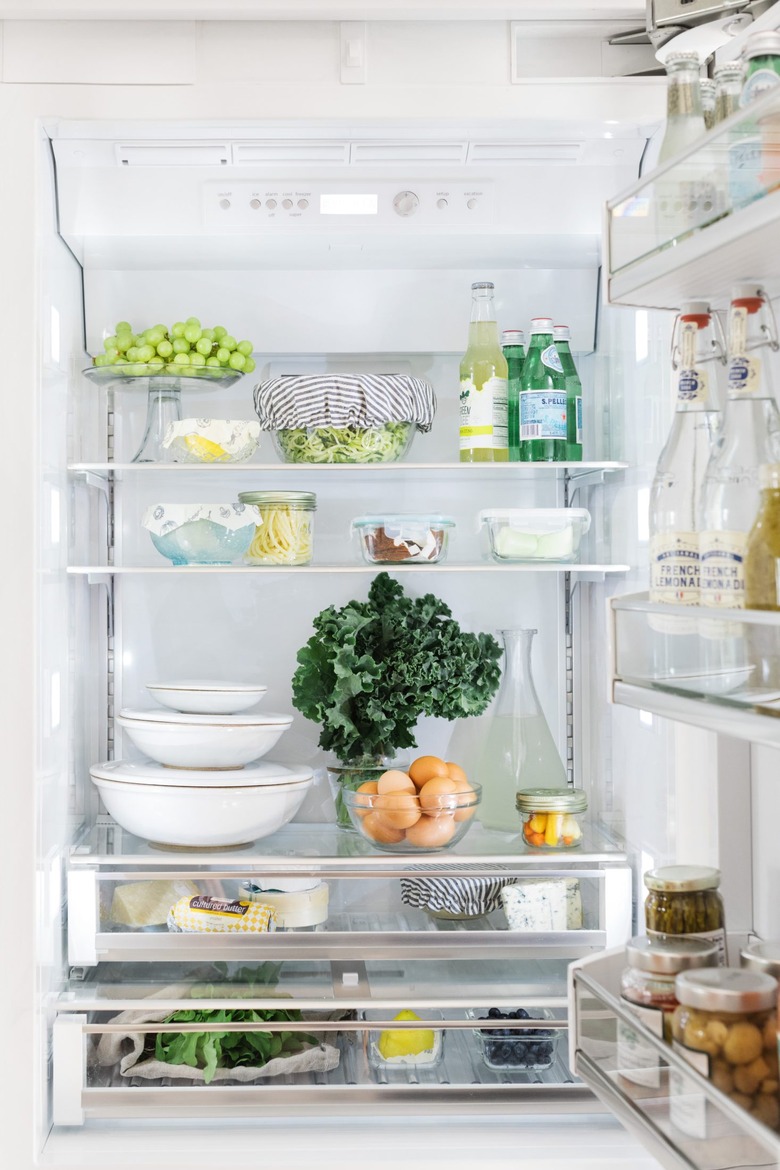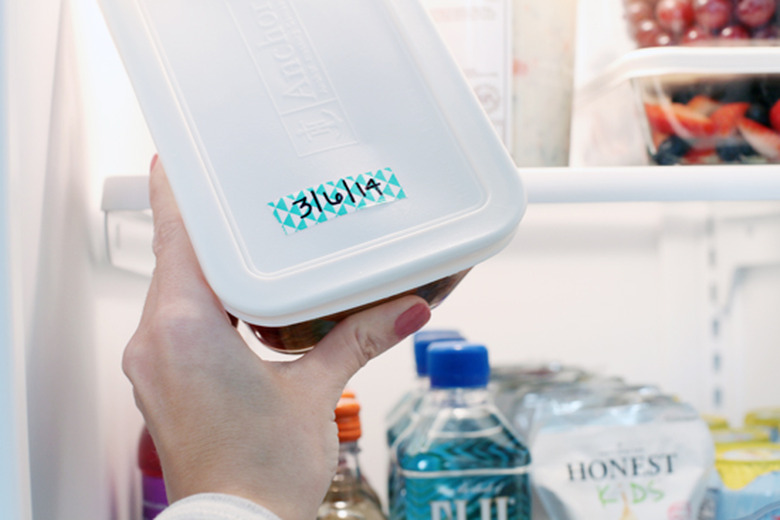You Too Can Have Fridge Porn If You Use This Fridge Organization Cheat Sheet
Call it fridge porn — there's nothing more soothing than photos of perfectly organized refrigerators. They hold within them the promise of produce that never spoils, cold milk, and plenty of eggs. There are no mystery leftovers here, nothing rotting, wrapped in foil, hidden in the back. The herbs aren't wilted. The meat is fresh.
A well-organized fridge isn't just pretty, however. There's a science to it, and food professionals — like J. Kenji López-Alt, Chief Culinary Advisor of Serious Eats — are the ones who know it best. López-Alt dedicates several pages to fridge organization in his James Beard Award-winning book, The Food Lab: Better Home Cooking Through Science. So you might want to pay attention to his advice, as we've outlined below.
For the fridge, three things should rule all your decision-making — food safety, temperature, and humidity. If you know where your fridge is coldest and warmest, and are cognizant of ways to adjust the humidity, you're all set. Here's a cheat sheet to help get you started.
Up Top
Up Top
Depending on where your fridge's fan or condenser is located, the back of the top shelf is likely the second coldest place in the fridge. This is a great place for packaged foods, pickles, less-used condiments, and what Lopez Alt calls "fridge friendly fruit" like melons and grapes.
In the Middle
In the Middle
Middle shelves tend to have the most constant temperature, and are a great place for dairy and eggs, cheeses and cold cuts — and leftovers, best kept in clear containers, at eye level, so you can consume them within three or four days.
Down Low
Down Low
Bottom shelves tend to be coldest, especially toward the back — and that's where anything raw should be. This isn't just because the cold helps keep raw meat, chicken and fish from spoiling quickly, it's also to keep any juices from contaminating things below it. Put raw meat or fish in their own drawer, if possible, or place them on a plate on in a container so that there's not risk of accidental contamination. E. coli is not your friend.
In the Door
In the Door
The doors are the warmest part of the fridge, relatively speaking. Butter and soft cheeses that do great in the door, as do condiments. If you're nitty-gritty about fridge organization, eggs and butter go up high, condiments in the middle, and drinks down below. Experts disagree about milk. If you use it up quickly, the door is fine. If you need it to last, best keep it down low, with everything that could spoil.
In the Drawer
In the Drawer
Your veggies like humidity — it keeps them from getting shriveled. Put them all in the same drawer and adjust the humidity to high. Throw in your herbs as well.
In the Other Drawer
In the Other Drawer
Your fruit, on the other hand, prefers less humidity, and thus it belongs in the crisper.
In the Other, Other Drawer
In the Other, Other Drawer
If you're lucky enough to have more than two drawers, save the lowest and coldest one for your meats.
Breathing Room
Breathing Room
One thing every fridge needs, from bottom to top shelf, is, simply, room. An overcrowded fridge is typically a fridge that is not evenly cooled — and certain foods may spoil faster. Remember, that cold air needs to circulate in order to do its job.
Labels
Labels
You can skew fancy and customized, or you can break out the Sharpie and painters tape. Whatever your style, labeling leftovers or adding labels to shelves and drawers helps you purge effectively and create, as the saying goes, a place for everything and everything in its place.
